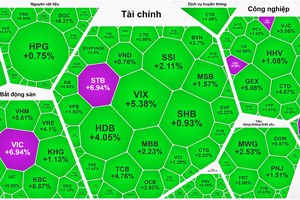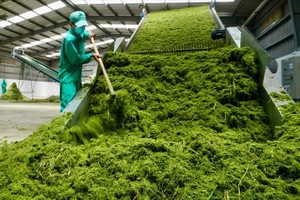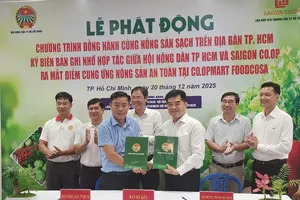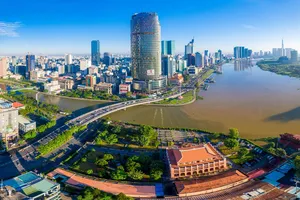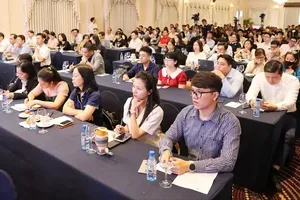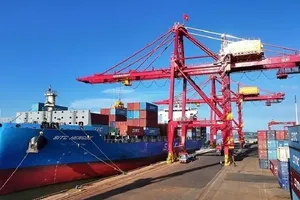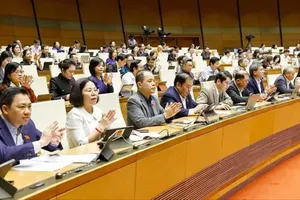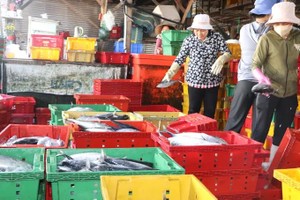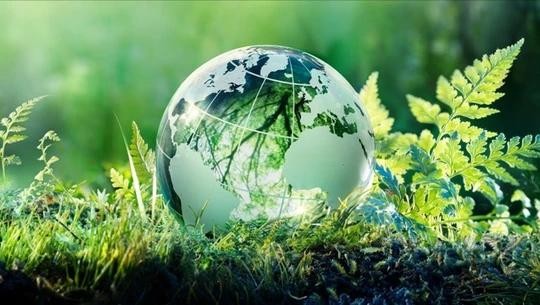
Not only supply chain disruption and international conflicts but also the green transition boom in countries put great pressure on Vietnam in 2022-2023.
Companies in the fields of textiles and garments, leather and footwear, wood and other export products have not kept pace with the new transition when new green standards are applied whereas neighboring countries catch opportunities to shift faster; for instance, Bangladesh is one of the examples.
It is said that the Vietnamese government has clearly understood the transition as the government has had a series of international policies and commitments as well as formulated national strategies. However, the above documents will remain theoretical if there is a lack of real participation of the market and society and the promulgation of specific promoting policy groups.
During the past two years, Ho Chi Minh City has made efforts to build the foundations for three pillars by organizing discussions, seminars, and forums on the topic of green economic growth and development. The content is not just a macro vision but is gradually divided into each industry, going into each job with specific actions and initiatives.
After the 2023 Ho Chi Minh City Economic Forum with the theme of ‘carbon-neutral’ referring to balancing out the total amount of carbon emissions, the growth policy framework as well as measures have been drafted by advisory agencies.
Many people debated roadmaps, priorities, and resources for the implementation of these policies but no one denied the need for this transition, especially with movements in the market towards green growth at many different levels. They talked about the renewable energy market, the electric vehicle market, increasing demand for ecological living spaces, construction standards to reduce emissions, green consumption trends associated with clean agricultural foods, and trends of using recycled items.
The policy space for green growth in Ho Chi Minh City is also clearly defined in Resolution 98/2023/QH15 through the above contents, along with policies to promote waste incineration electricity and a pilot market for carbon credit trade.
The World Bank organized various groups to accompany the southern largest city meanwhile German’s GIZ organization has conducted studies on converting motorbikes into green transportation. Manufacturing corporations have connected with each other to promote sustainable consumption through the Vietnam Packaging Recycling Alliance. International investment funds eye the carbon credit market starting from forests and renewable energy is expected to quickly move to other fields.
Can Gio - an island district of the city - is becoming a precious gem of the city’s goal of Net Zero after 40 years. People proposed to rebuild the transportation network with a green point from the Binh Khanh ferry to make the goal turn into reality. Other people proposed to rely on existing concentrated residential areas to invest heavily in renewable energy and wastewater treatment in a circular economy method, or protecting and planting Can Gio forests in association with eco-tourism, to offset carbon credits for other industries.
When the green shift becomes a trend, it doesn’t take place in a single locality or field but a green growth ecosystem will be seen from key economic sectors to start-up and innovation spaces, promoting different science and technology models to solve environmental problems, climate change, carbon neutrality that the city is aiming for.

